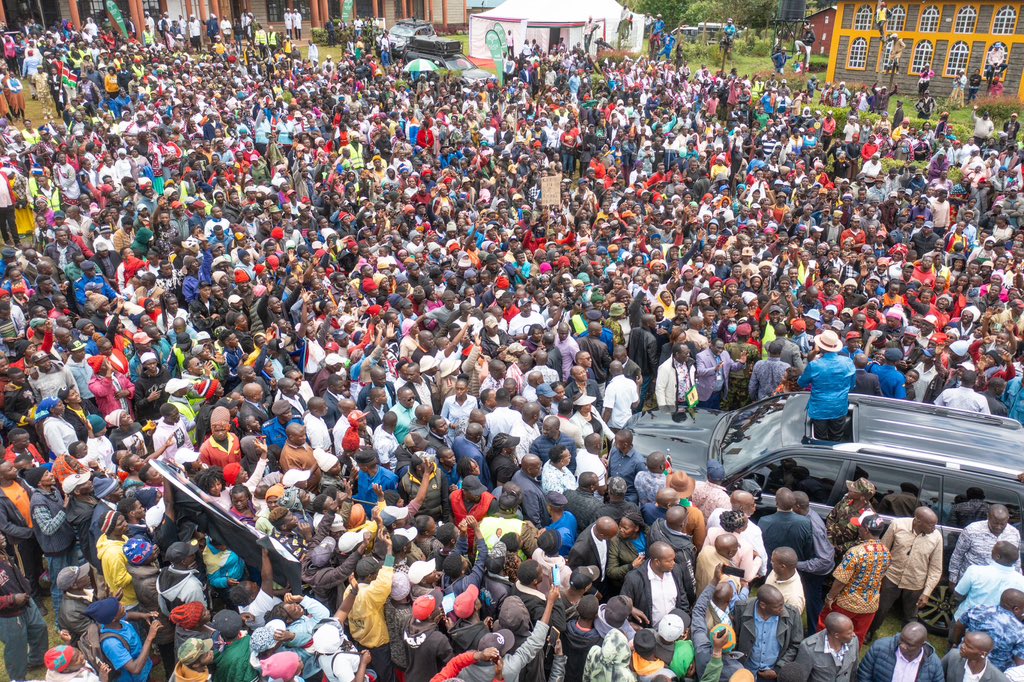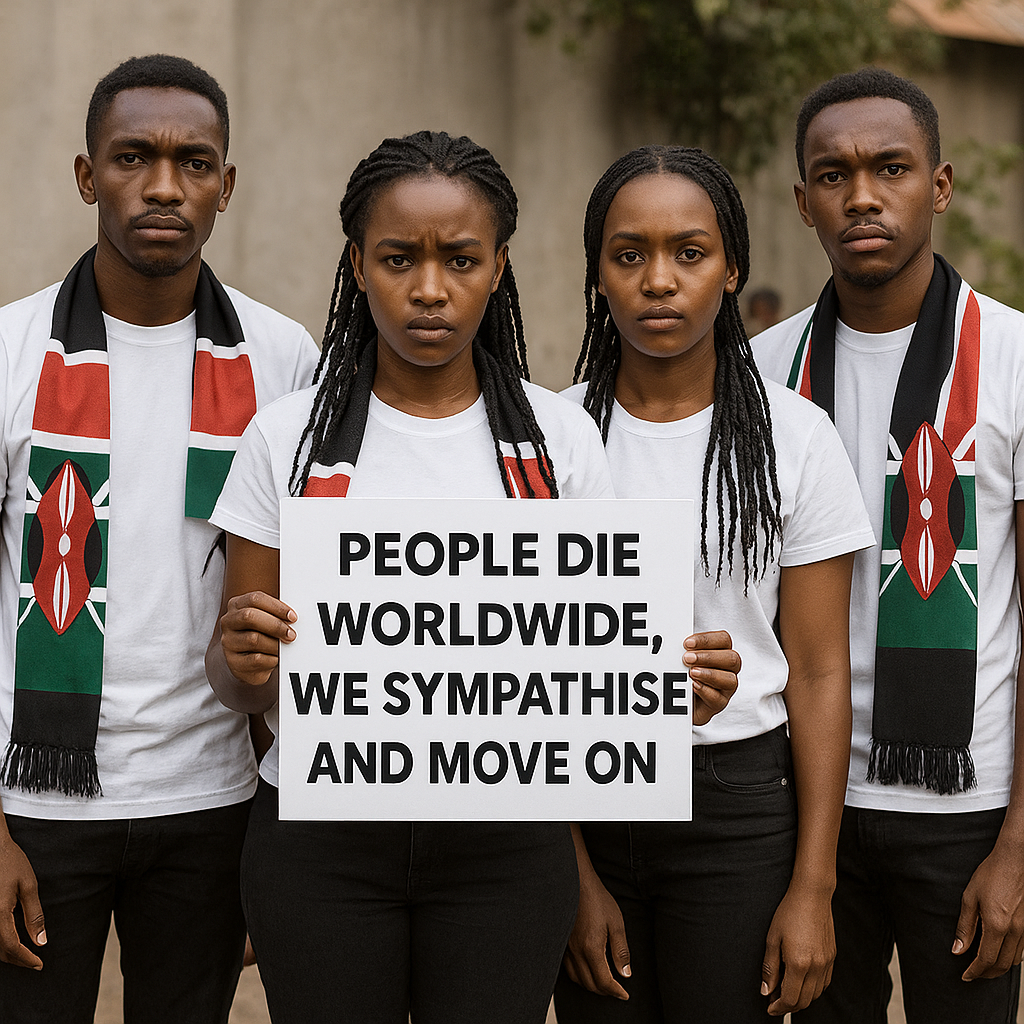
What was meant to be a triumphant tour of Central Kenya by President William Ruto has ignited controversy and debate, after revelations emerged that crowds who showed up in large numbers were allegedly paid to attend.
Dubbed the “Costly Crowd”, sources now reveal that locals were mobilized and contracted for the event, each receiving amounts ranging from Sh300 to Sh10,000, depending on their location and role. The tour, which passed through towns such as Kabaru, Chaka, Kimahuri, and Narumoru, was originally seen as a political test for the President’s popularity in a region previously thought to be lukewarm or even hostile to his administration.
According to reports, riders from Kabaru and Kimahuri received Sh1,500 each, while those from Chaka were paid Sh1,200, and participants based in Narumoru received Sh1,000. The objective, insiders claim, was to create the image of overwhelming public support, with strategic crowd formations and road-side excitement carefully choreographed.
“We were told to cheer, chant, and fill up the market spaces as the motorcade passed,” said a participant who spoke under anonymity. “It was all planned. Most of us were there for the pay.”
Political analysts have been quick to weigh in on the matter, questioning the ethics and long-term implications of such political mobilization. “This is not new in Kenyan politics,” said Herman Manyora, a political scientist. “However, the scale and exposure of it now suggest a deeper desperation or perhaps an evolving strategy in political optics.”
The Office of the President has not officially responded to the claims, though several government-allied politicians dismissed the reports as “normal logistics and facilitation” during such events.
As the 2027 election campaigns begin to take shape, the incident raises concerns over the authenticity of public support and the role money continues to play in shaping political narratives.
